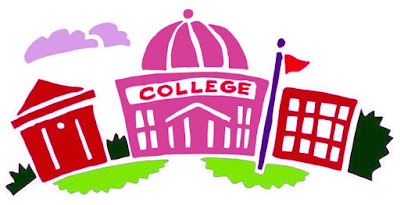For high school students who are on the hunt for ways to reduce the cost of a college education, your local community college may look like a way to keep your expenses down and avoid the crush of debt from school loans.
In fact, many financial advisers recommend that, if youre a cost-conscious student, you complete your first two years at a community college before transferring to a four-year university to receive your degree, as a way of cutting college costs by as much as half and minimizing your need for college loans.
Junior colleges and the Risks of Understudy Credit Obligation
junior colleges all around have yearly educational cost rates well beneath those of four-year schools and colleges, so at first become flushed, the two-year course may appear like a characteristic decision as far as cost administration and school credit obligation alleviation.As it turns out however, community college students are among those students most likely to struggle with college loan debt and to default on their federal student loans.
According to the most recent data from the U.S. Department of Education, 10.1 percent of community college students who are carrying federal education loans end up defaulting on their loans within the first two years of repayment -- more than twice as much as the 4.4 percent of borrowing students at public four-year universities and 3.8 percent of borrowing students at private four-year universities.
Broadening the scope to look at student loan delinquencies in addition to defaults -- since late payments, and not just a complete absence of payments, also indicate a struggle with the repayment of debt -- the potential for trouble among community college borrowers is even higher: A whopping 60 percent of community college students will either default or become delinquent (without defaulting) on their college loans, according to a new report released by the Institute for Higher Education Policy.
In comparison, among student borrowers at public four-year universities, 34 percent will either fall behind or default on their school loans. At private four-year universities, 28 percent will.
>> Minimizing, and Managing, Student Debt at Community College
So what do these default and delinquency rates mean for college-bound adults who are looking to find a quick route into the working population or for high school graduates who want to minimize the cost of a four-year college education by transferring credits from a community college?
For many students, attending community college is still an effective method to significantly reduce the total amount spent on a college education, but there are a few hazards to look out for to avoid taking on more student loan debt than youll be able to handle later:
1) Keep your non-tuition expenses low. A full 52 percent of students pursuing an associates degree and 37 percent of students in certificate programs dont take out any school loans at all, according to the College Board.
These students make their community college experience work by managing their living expenses at the same time theyre keeping their college costs low. Most community college students are commuter students, living at home, which cuts back on room-and-board costs.











0 comments:
Post a Comment